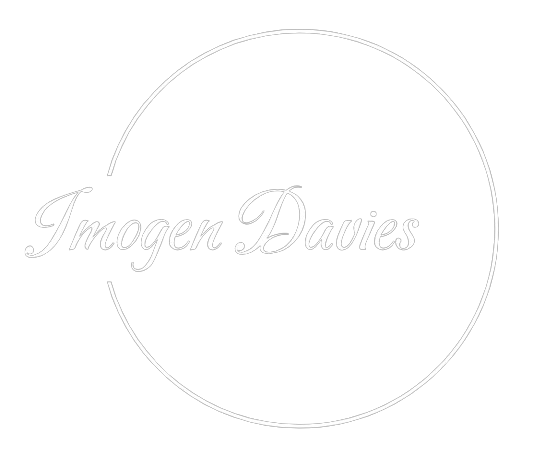Internal linking analysis process
Website crawl
Identify all known internal links on the site including origin, destination, type, and anchor text.
crawl visualisation
Build a visual representation of the internal linking structures, highlighting key nodes and outliers.
crawl analysis
Map internal links against site section to determine which receive the most and least, and where opportunities are.
prioritised actions
Recommendations for improving linking structures, from addressing broken links to highlighting key pages.
What does an internal link analysis include?
An internal link analysis needs to answer two questions: How are my pages currently crawled, and are the most important ones linked to appropriately?
At the core, there are two types of internal links:
- Hierarchical: Navigational elements, used to dictate the “structure” of the site
- Contextual: In-content elements used to link from one page to another, passing relevance and internal authority to the destination
For an internal linking analysis to be valuable, you need to understand how many of your links are seen as each and then where the opportunities are to improve the level of contextual links to key pages. Contextual links are key for users and search engines to continue their journey through the site, but are also critical for crawlers to understand the relationship between two pages and “why” the link is in place to assign the right weighting to it.
Internal links should always serve a purpose of either directing crawlers and users to other relevant pages on the site based on the intent and user journey – e.g., category to product; blog to category; service to contact – or to improve the perceived relationship between two or more pages, such as categories to subcategories in the form of reciprocal links.
A strong internal linking analysis will determine if:
- The most important pages are well-linked to throught the site, from different sections
- Sections of the site are not over-used as “origin” points – where this happens, you are essentially signalling to crawlers that they are less important than other sections
- Reciprocal internal linking is in place, where they make sense
Interested in an internal linking analysis project?
Internal linking analysis projects should serve to provide you with the information you need for creating internal relevance and authority hubs throughout your site to boost rankings, improve semantic relationships, and show crawlers exactly which pages are the most important.
While the foundations for these analysis pieces are the same, the process will differ by site depending on the answers to initial questions, including:
- Is the site built using JavaScript? If any elements of your site rely on JavaScript firing to load the content rather than just enhancing visual elements of it, crawls for both HTML and JavaScript rendering will be required to highlight any differences between the two, thus identifying if any internal links are only present when JavaScript is executed
- Is the blog hosted on a separate subdomain? While this may not be an issue in setup, it does add a level of complexity to ensuring the internal links in place pass the correct signals and are “seen” as part of the same website as the main domain
- What are the most important pages on your site, and why? While this may seem obvious, e.g. an ecommerce site wanting to push a specific product, depending on your objectives and current strategy it may not be the “obvious” answer – you might see all of your traffic through the blog and then want to make sure that goes to your more commercial pages, or you might be launching a new service and want to give it the best start.
My analysis pieces will help you understand the current setup for your site, and where the opportunities are to improve it relative to where you want to be focusing efforts.


